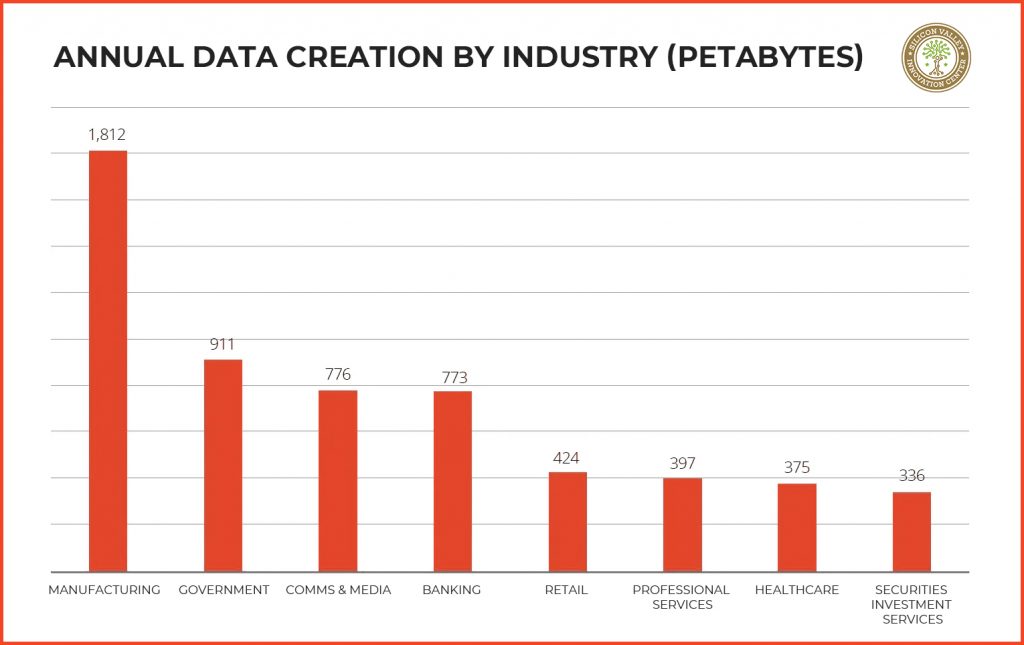Process transformation is a task every business must, sooner or later, face up to. Market conditions change, technologies change, and customer preferences change too. For companies, this constant flux means even just standing still is not an option. It never has been, even in good times, and now – in the midst of a global lockdown and recession – to do nothing is a risky strategy indeed.
Where most organizations fail in their attempts at change is in expanding a local solution to fit a global problem. In other words, while it is relatively easy to try something new to solve a particular challenge, generalizing that approach to apply it more widely is when stumbling blocks begin to appear.
This is an issue that has become particularly acute of late, as more and more enterprises seek to find time- and cost-savings by working artificial intelligence, (AI) into their processes and workflows. Yet without the proper foundations – without the right “organizational DNA” – attempts to achieve process transformation with the help of smart machines are if not doomed to fail, then at least doomed to realize only a fraction of their full potential.
Data is the key
The funny thing about AI is that, for all its potential power, it is a system that is only as good as its inputs: “garbage in, garbage out,” as the old saying goes. That’s why the best AI algorithms will be of little use to the company that has yet to get its data in order. Generic tools certainly have their place, but AI – and therefore, process transformation – can really excel when it is trained on domain-specific information.
But before an enterprise can put its proprietary data to work, that data needs to be collected and organized, processes that are sometimes referred to as the first two steps on the ‘AI ladder’. These initial actions also have AI at their core: machines collecting, organizing, and “cleaning” data for other machines to then analyze and extract insight from. This is how all the information generated by the various applications any business uses – and there can be hundreds, or even thousands – can be brought into a unified system.

For many companies it is surely tempting to skip theses first steps. Why not, instead, simply throw whatever data is available into some artificial intelligence models to generate some “quick wins”? The problem is that in the long-term those quick wins are likely to be Pyrrhic victories. As the world turns more and more to be run on AI, businesses whose data is not compatible with AI tools will only fall further behind.
The collection and organization of data is, thus, a necessary step. Not only because it makes all of an enterprise’s data searchable or taggable but, more to the point, it establishes the fundamental informational architecture that will underpin all artificial intelligence-based process transformation an enterprise will go on to undertake.
A world of use cases
With a well-ordered, well maintained set of data, applications of AI are practically endless. A key use case is in regulatory compliance, something to which the majority of companies can relate. Regulatory documentation typically runs into the hundreds of pages, and requires teams of lawyers to decipher. Their analysis then feeds into business processes but, more often then not, is not consistently applied.
AI, with help from optical character recognition, offers another way. AI can read regulatory documents in a fraction of the time humans can, anaylze and categorize the information they contain and then consistently apply it, reducing manual labor hours, cutting down on errors, and potentially offering an opportunity for radical process transformation.
This kind of AI-assisted work has proven especially worthwhile in the banking and finance sector, where institutions routinely publish market advisory reports. Manual auditing of these papers for compliance with financial authorities’ rules on language requires hundreds of hours of work from skilled readers. And, even with such safeguarding processes in place, compliance failures occur which can lead to costly lawsuits. AI offers a route to eliminating that risk, by analyzing advisory reports and highlighting potential compliance failures for a human writer to then correct.
Readying for the AI-world
The compliance use case is just the tip of a large and growing iceberg. The potential of AI is perhaps well illustrated by the fact that it is moving in multiple directions simultaneously: algorithms today not only read language, they can generate it too by providing commentary on ingested data through natural language generation.
But such advanced use cases may not be for everyone. The big, universal opportunity of AI resides in the fact that every company has plenty of ‘dark data’ – information locked away in countless PDF files, Excel tables, and other documents that are scattered across an organization. Gaining access to this treasure trove of intellectual property, and using it for process transformation, is why it makes sense to embrace AI today. Long-term, the technology offers the cost and time efficiencies that will surely be necessary to weather the coming recession. Looking still further ahead, the growing prevalence of AI in all walks of life makes it clear that enterprises that are AI-ready today will be best placed to prosper tomorrow.
Hear from digital transformation experts how to remake your organization for the AI revolution. Our online program Leading Digital Transformation connects you directly to top Silicon Valley companies to hear experience-based insights and learn practical steps for your innovation journey.